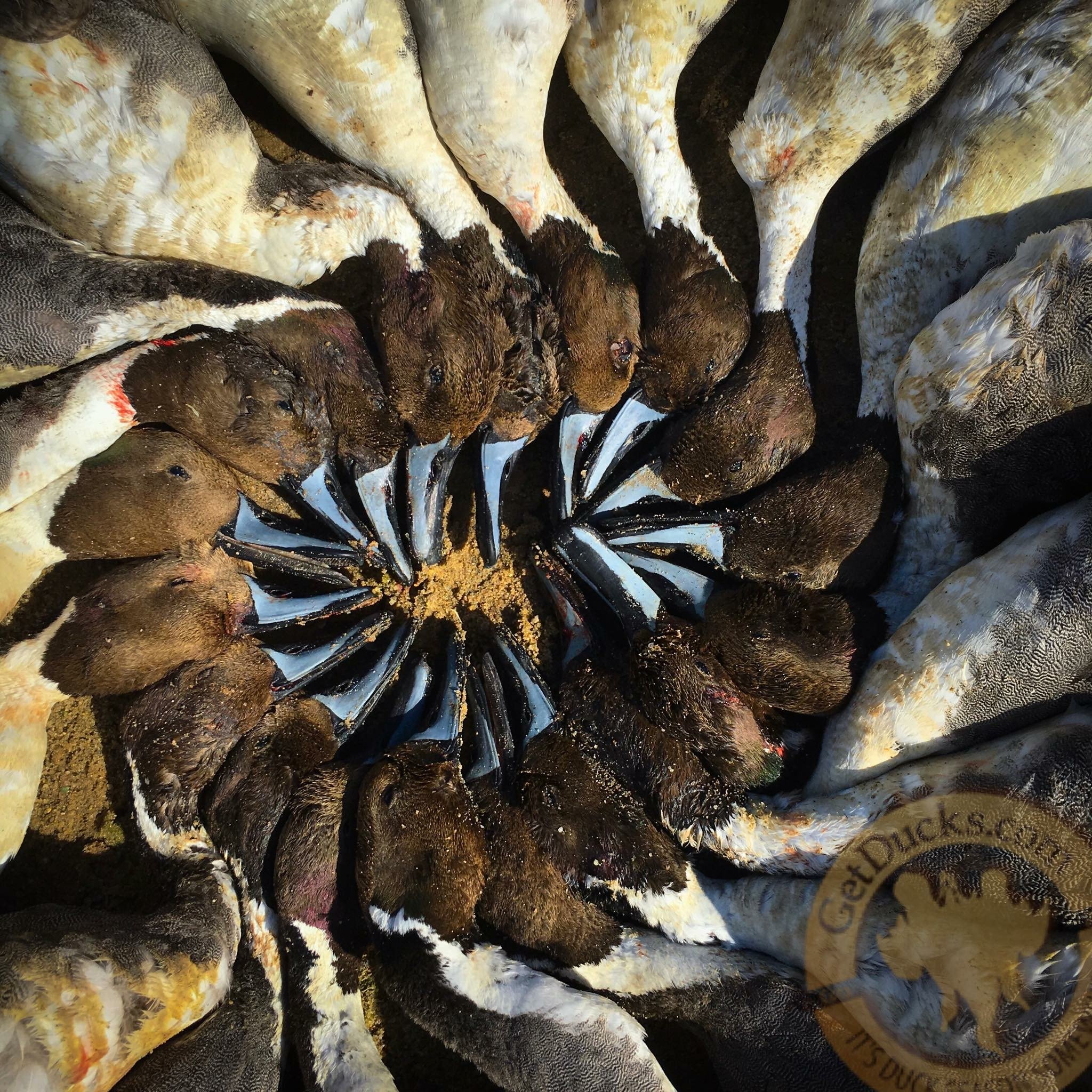Throughout the entire Lower 48 the bag limit for northern pintails will be reduced to 1 daily for the 2017-2018 season, but Mexico duck hunting will continue to entail far more generous pintail limits. Surely it's the over-shooting of pintails south of the border that's causing the pintail limits to be cut in half next year, right? While a number of disenfranchised internet experts seem to think so, this assumption is untrue.
Consider this: fewer ducks are shot during an entire season in Mexico than in California or Louisiana, for examples, during a typical opening week. Consider also that the limit on pintail in Alaska is 8 daily. In the Canadian provinces of Saskatchewan and Manitoba the limit is 4 daily. Pintail populations have been struggling for decades, and equitable hunter-harvest is not the reason the continental population of pintail is slipping. The thousands of northern pintails harvested throughout the North American continent, from Alaska to central Mexico, are a drop in the bucket compared to cumulative attrition represented by an increasingly inadequate amount of safe nesting habitat.
Pintails are short-grass prairie nesters. The principle culprit for the decline of pintail - and it has been scientifically documented for decades - is the conversions of it's nesting habitat to agriculture, and no-till farming practices are an ecological trap. Pintail now nest in the preceding year's residual stubble. As the current year's crops are planted, their nests are destroyed, sometimes along with the hen. While surviving hens will often re-nest, they produce smaller clutches that yield slower survival rates. Additionally, the prairie pothole region's proliferation to agriculture makes predators more efficient at finding ducks.
Per the following Wildlife Bulletin article (1999): "The steady conversion of grasslands to cultivation in the western Canadian PPR since the 1950s and 1970s has markedly reduced the extent of safe upland nesting habitat, thereby reducing pintail productivity to levels below the threshold needed to maintain populations. Grain stubble attracts large numbers of pintails to nest in the early spring, and cultivation destroys virtually all nests. Additionally, Greenwood et al. (1995) and Boyd (1985) showed how nest success of prairie ducks, even those that don’t nest in cropland, declined as the proportion of cropland increased in the land- scape because suitable nest sites in scattered grass- lands and planted cover were rare and predators more efficient. Most wetlands in the PPR have been impacted by agriculture (Boyd 1985,Turner et al. 1987), and more than 85% of the region has been cultivated (Millar 1989)." Source: https://www.werc.usgs.gov/fileHandler.ashx...
Ramsey Russell is a certified wildlife biologist. He owns and operates GetDucks.com, a full-time, full-service agency specializing in world-wide trophy duck species and epic wingshooting adventures. Exploring the world's wetlands for the best client duck hunting experiences is a life mission, but hunting in Mississippi with family and friends, he says, is top priority when home. It’s always duck season somewhere.


No comments:
Post a Comment